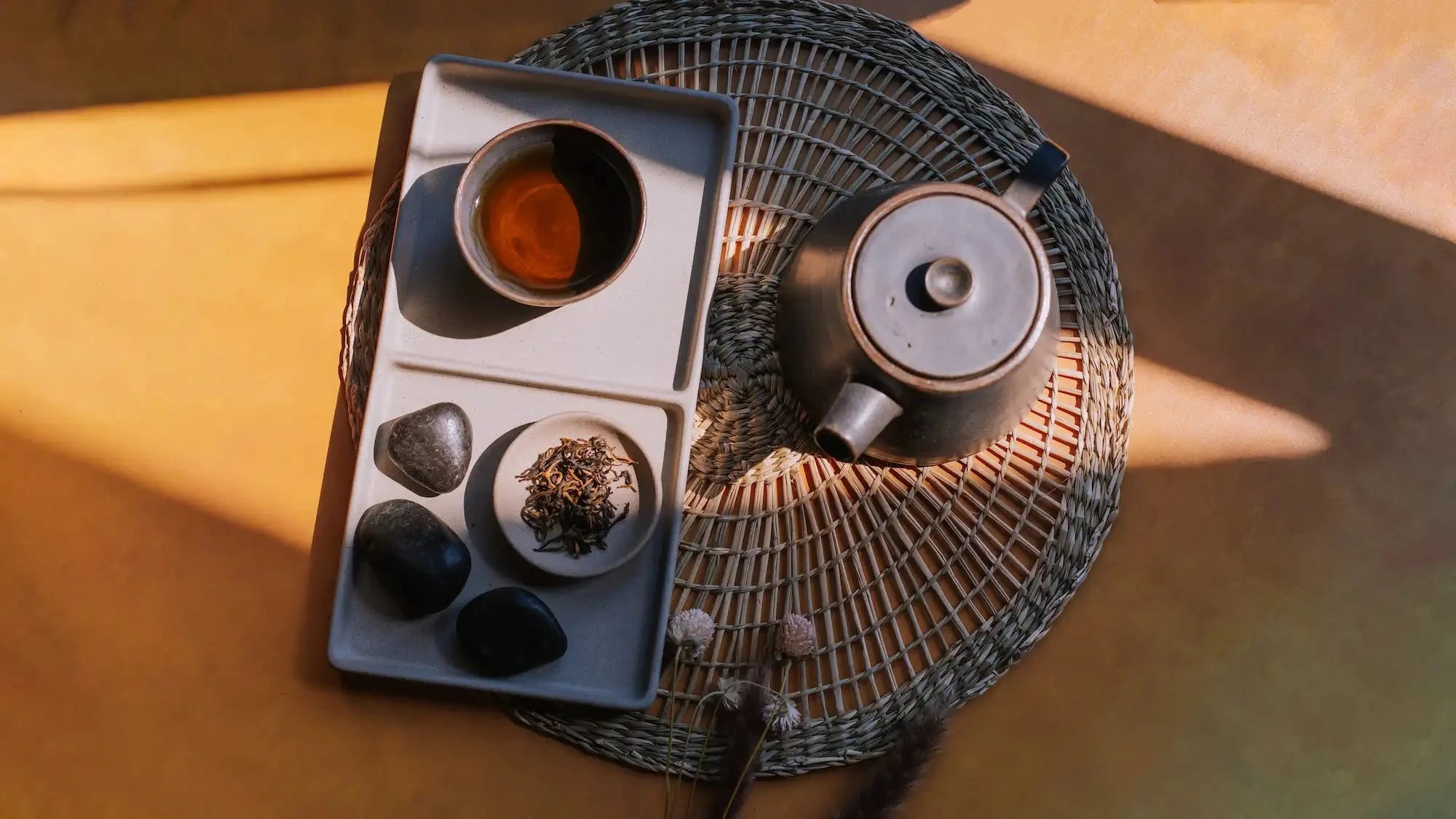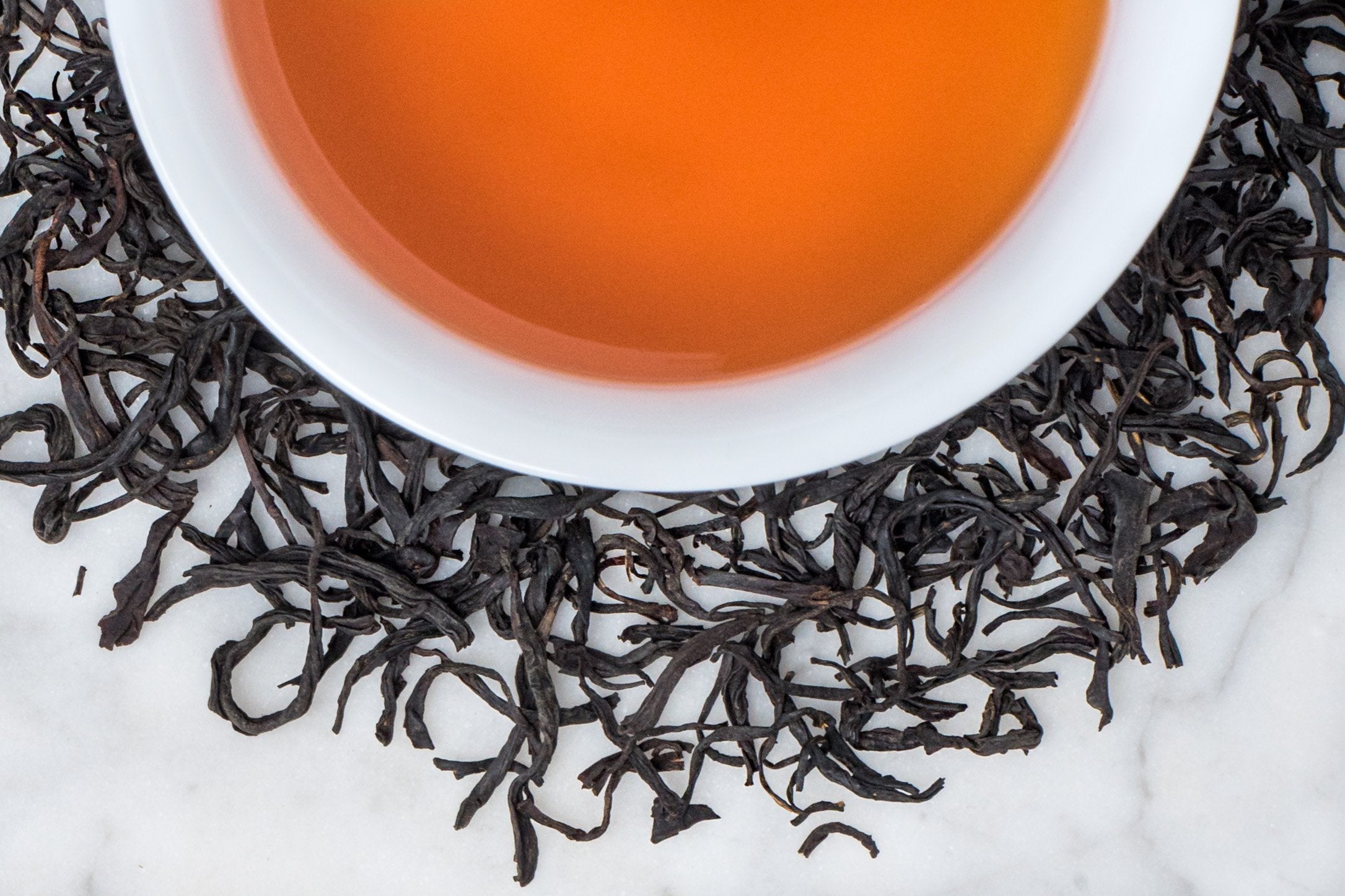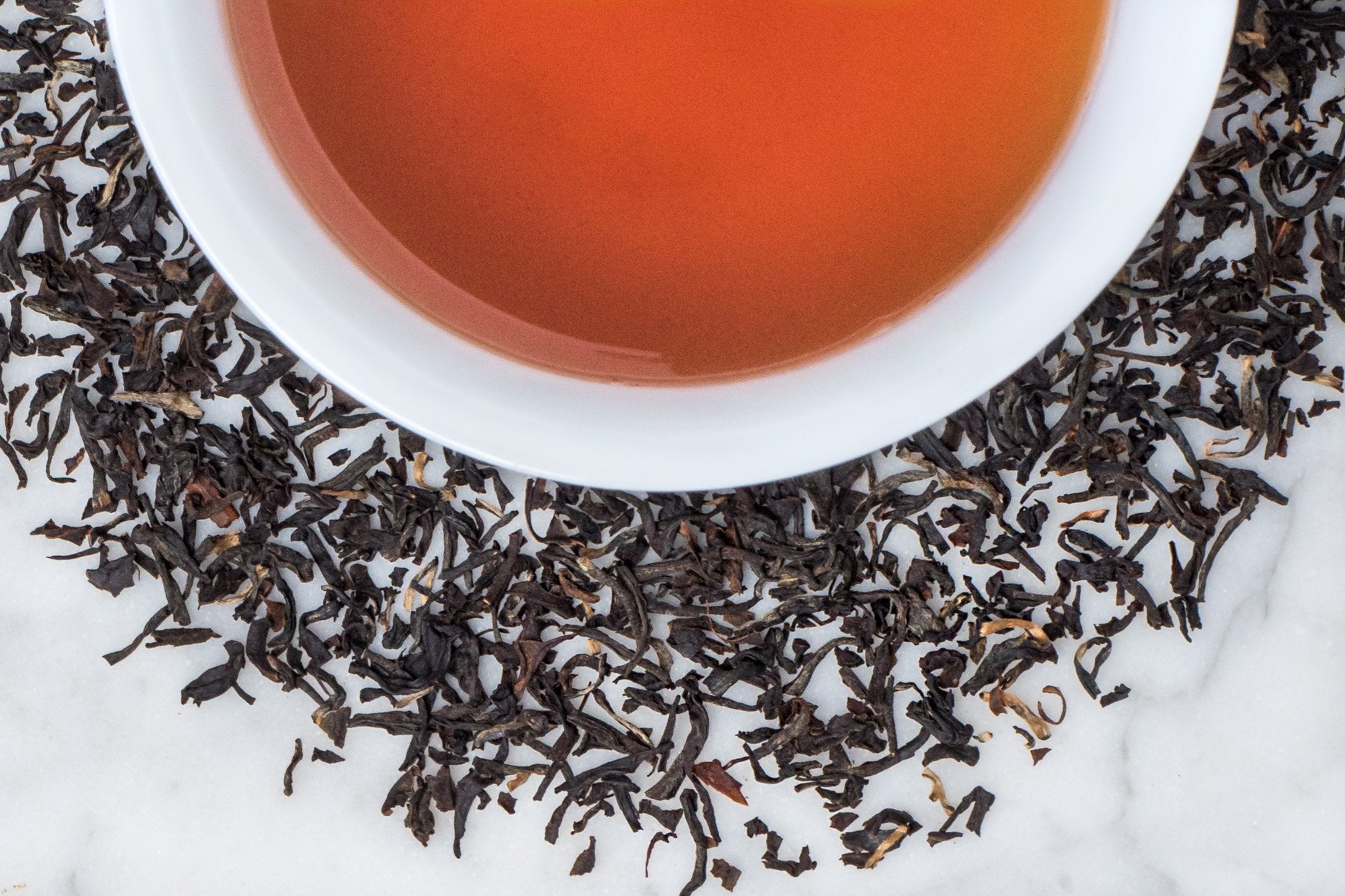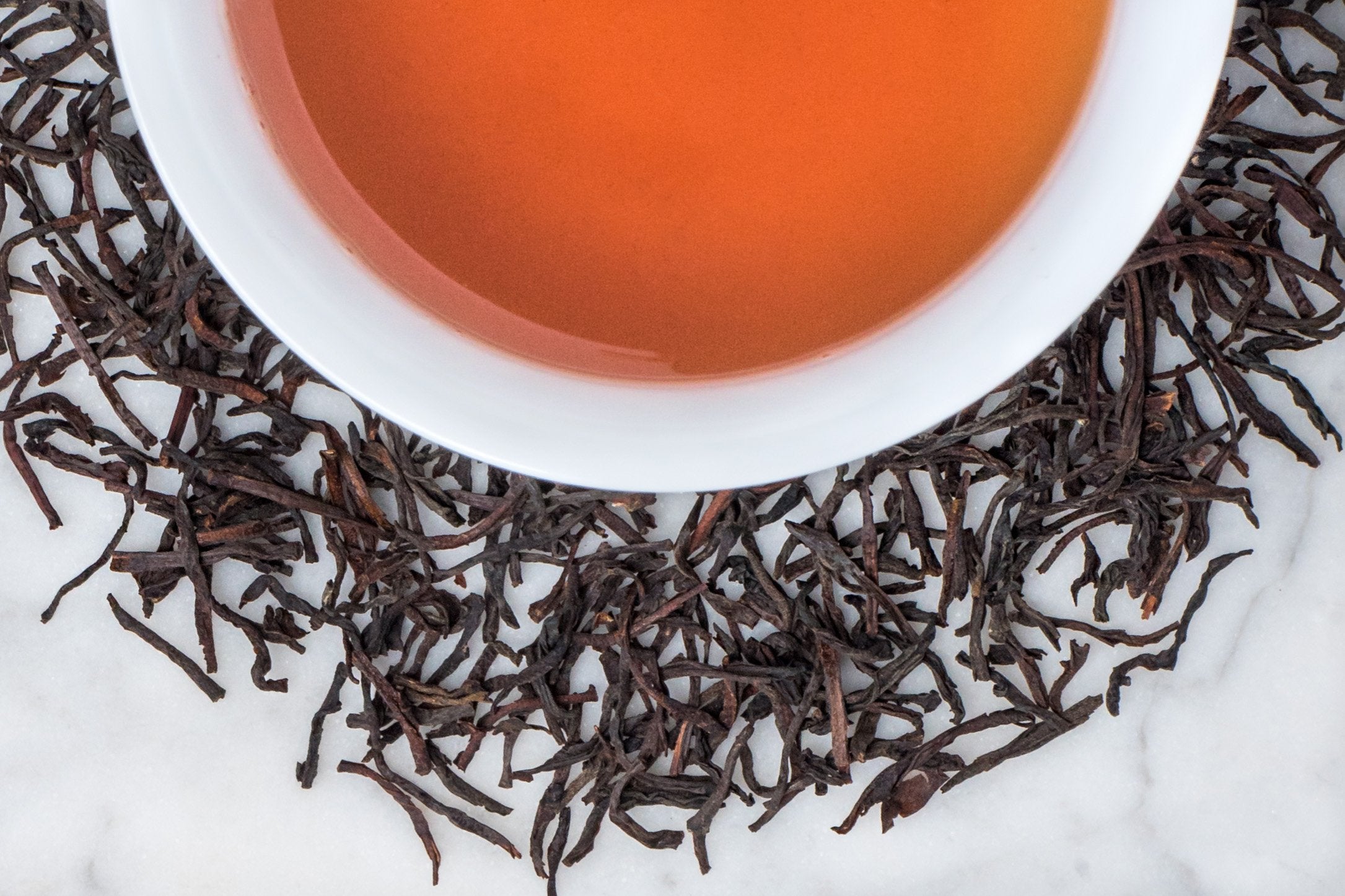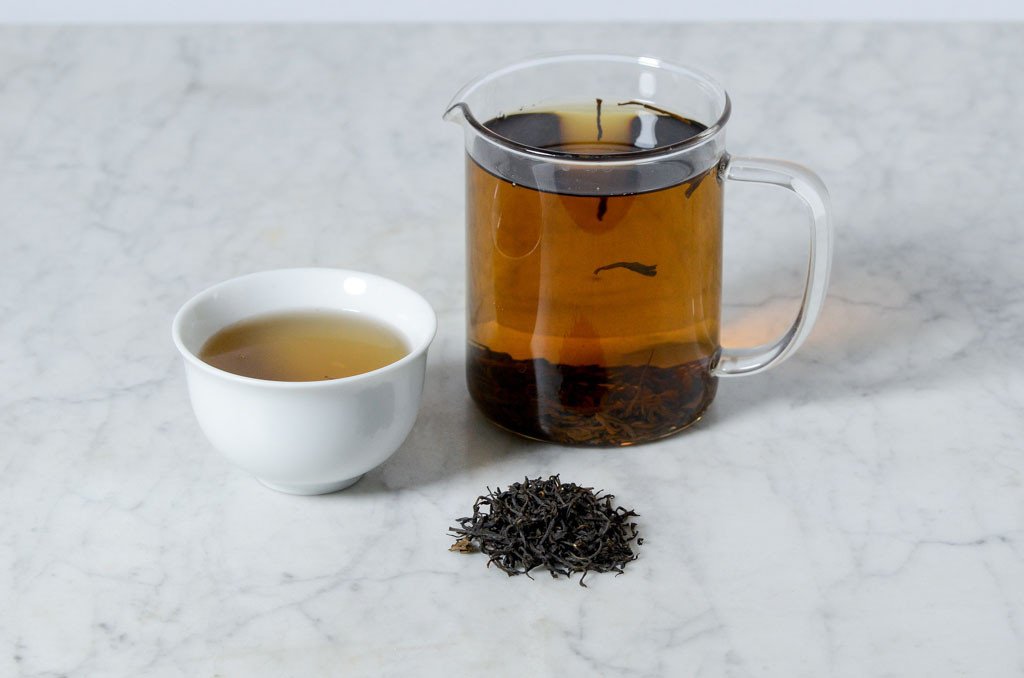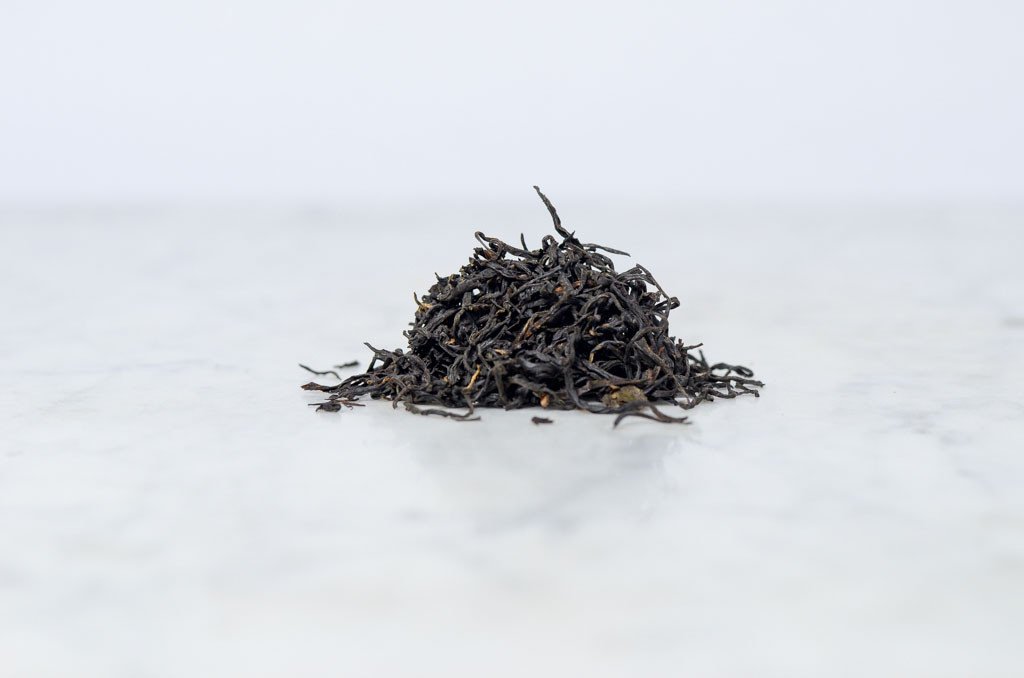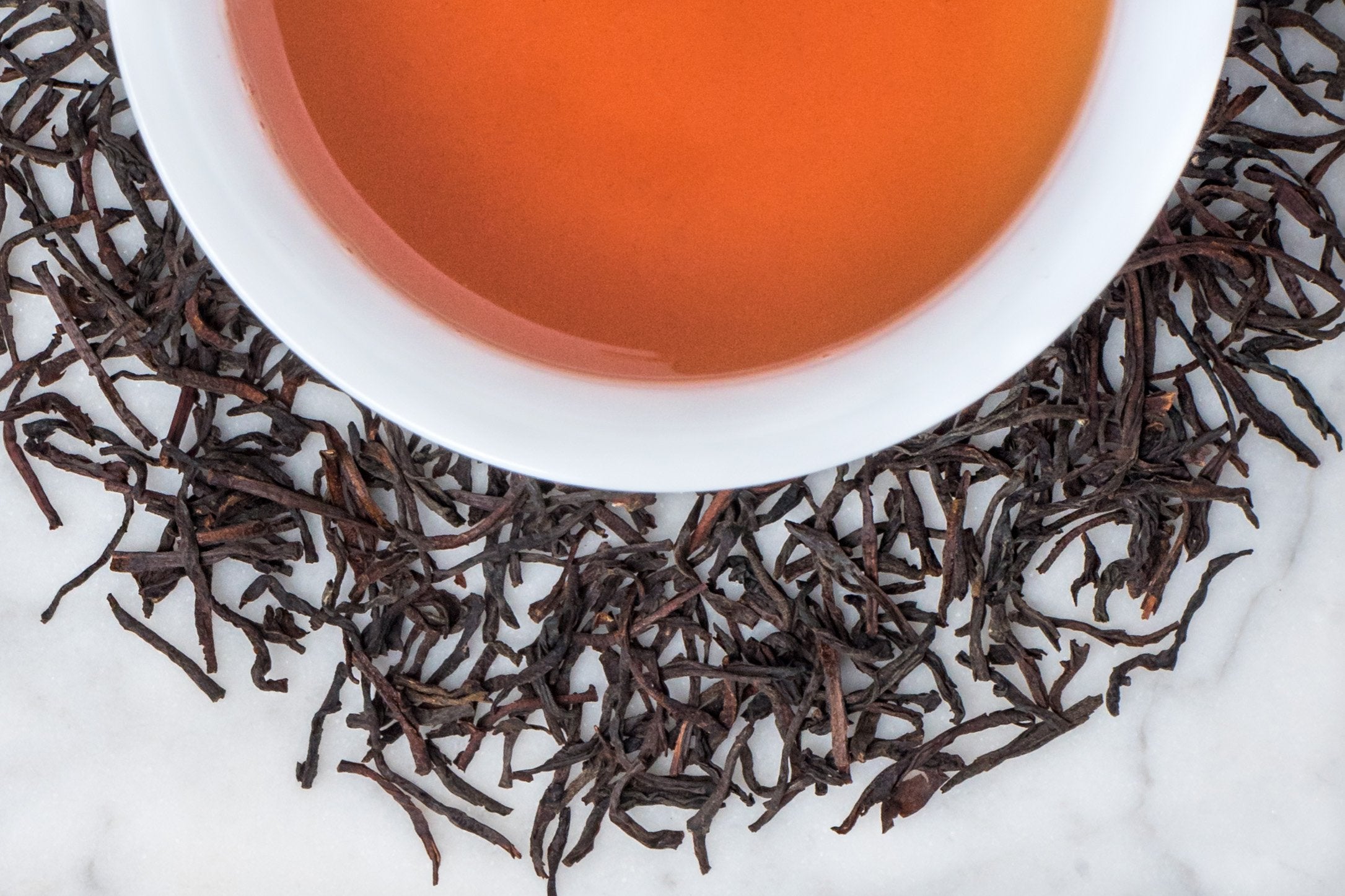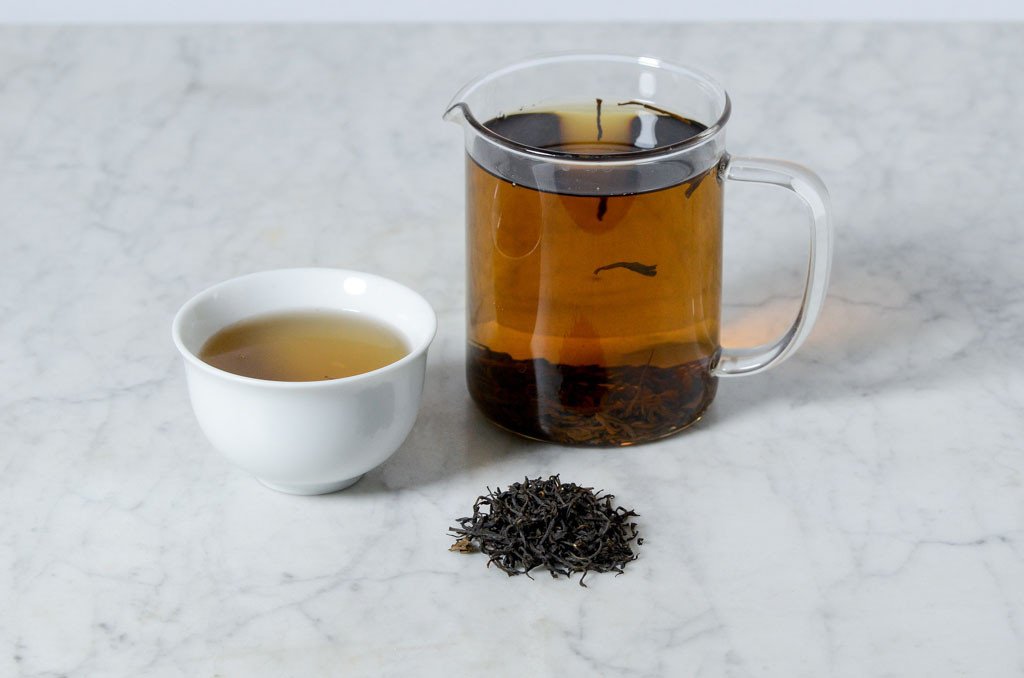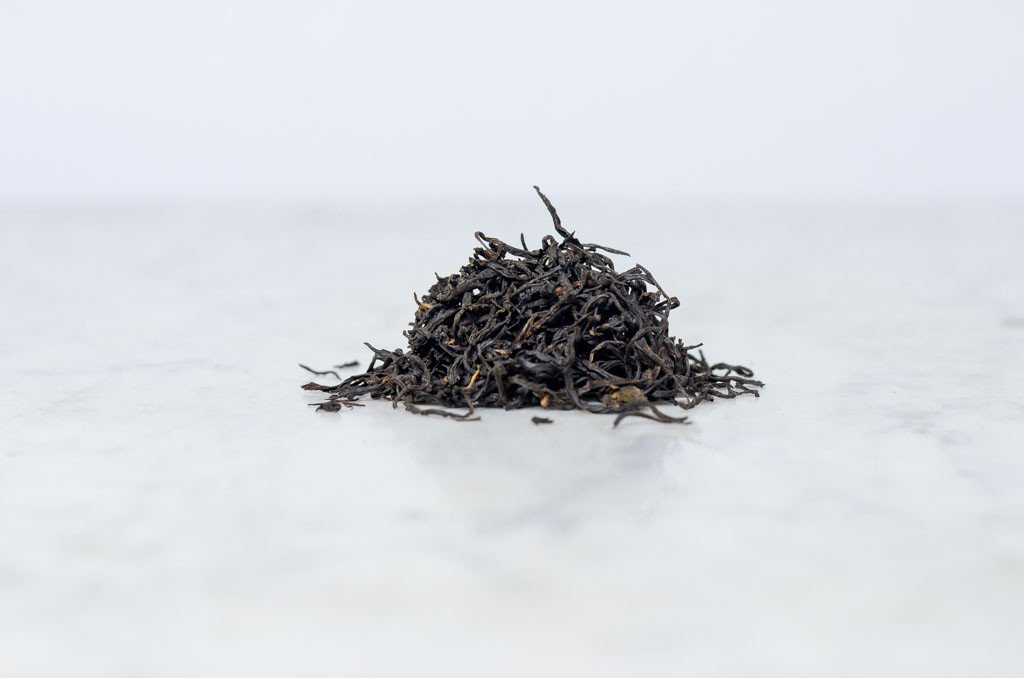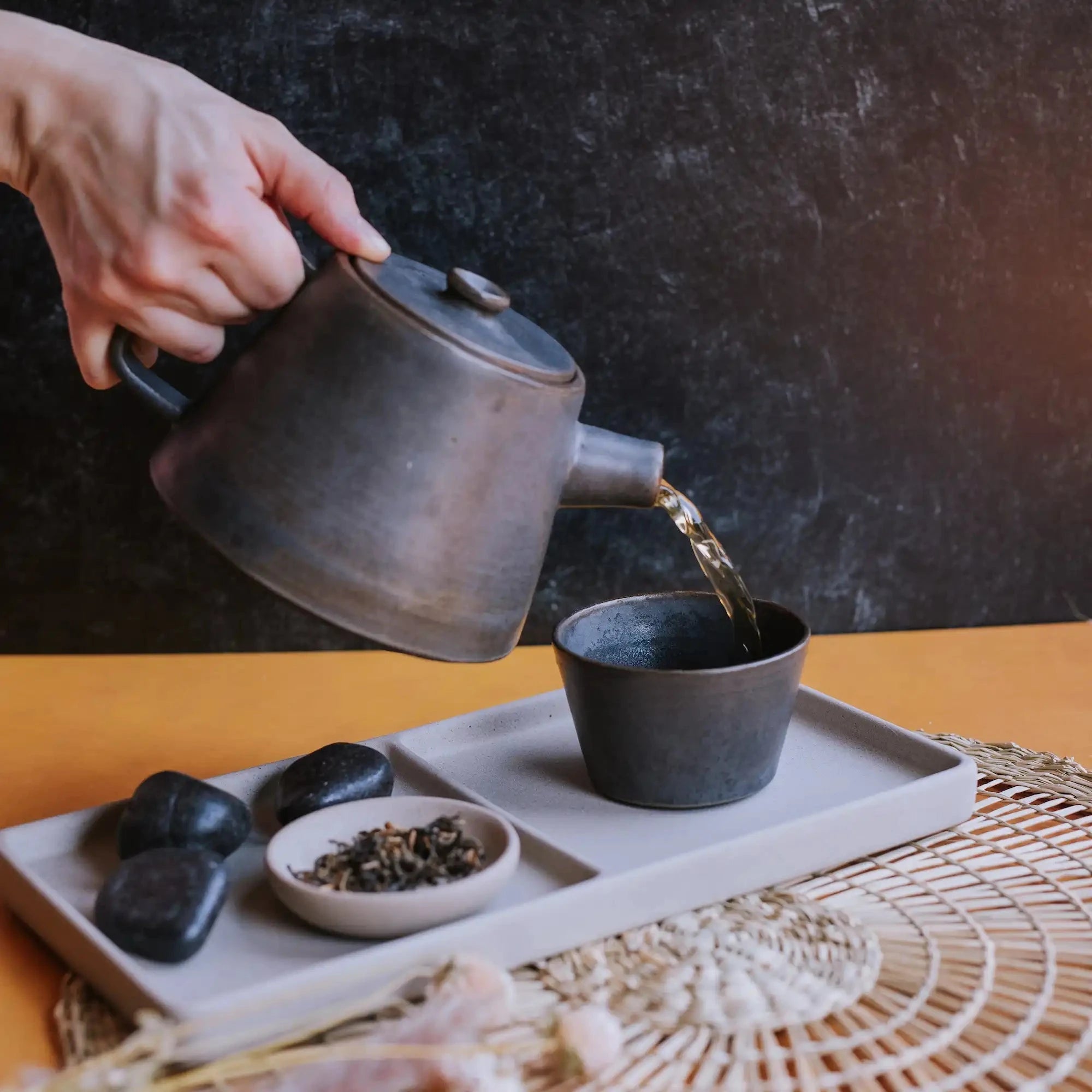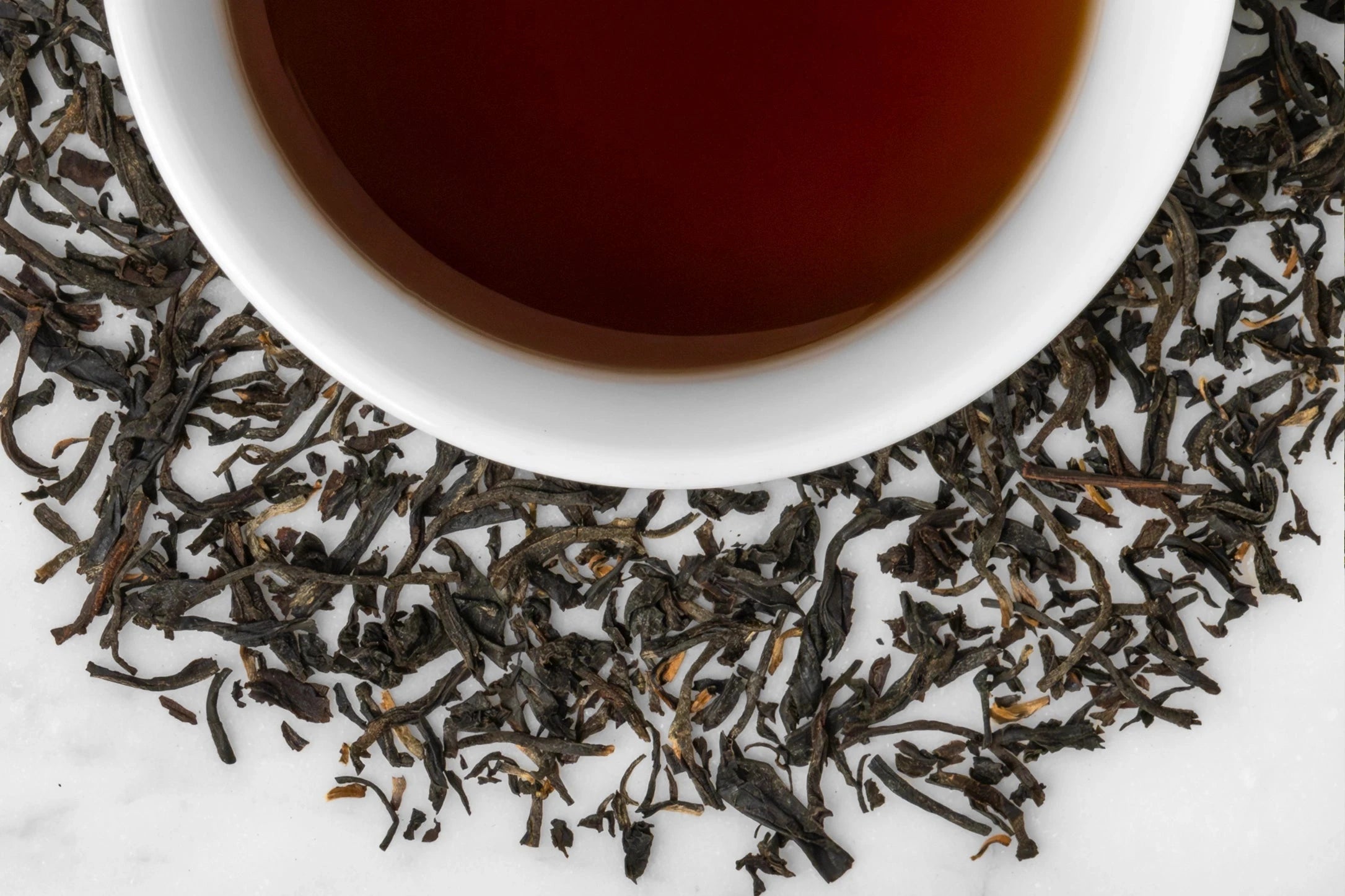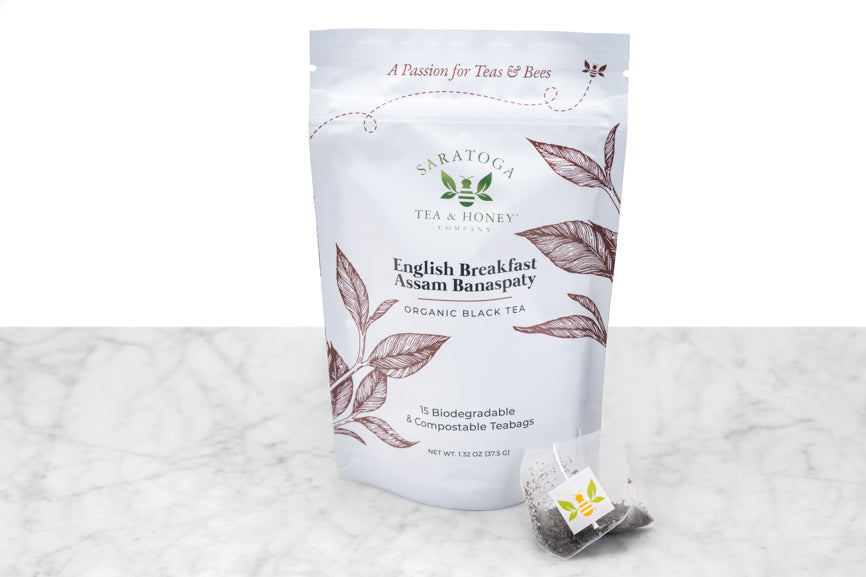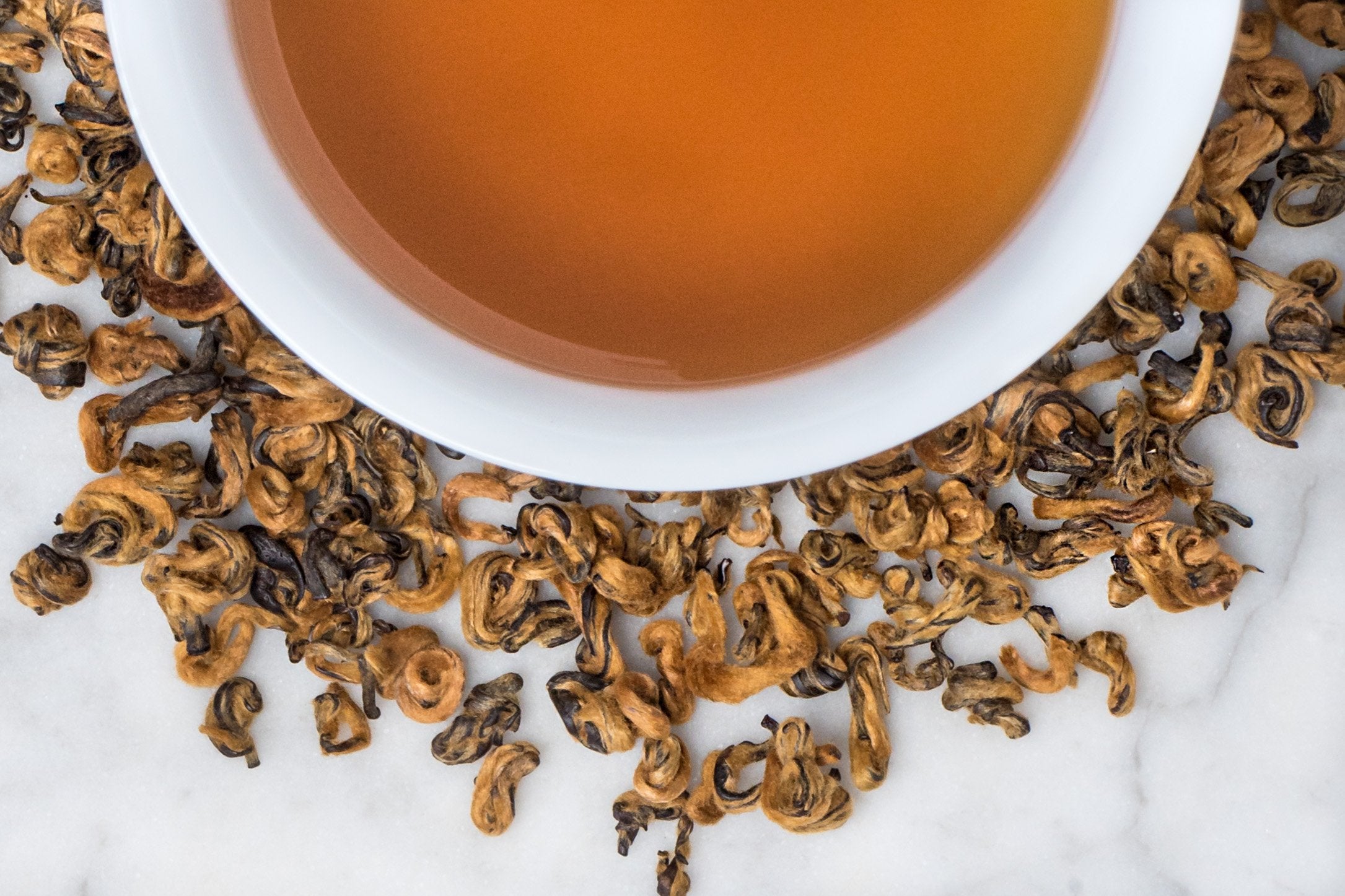What is Tea
What is Black Tea?
The Origins of Black Tea
Black tea is a delicious, robust tea with warm flavors and an often distinct astringency. It is delicious plain, with a dollop of milk, or sweetened with honey. We drink bracing black teas to warm up on cold winter days, sweet iced black teas to cool down in the summer, and weakly brewed teas with lots of honey for sore throats. For these and many other reasons, black tea is the tea we are most familiar with in the West. But interestingly, black tea is a relative late comer to the tea world and did not exist as we know it today before the 17th century.
Prior to the invention / discovery of black tea, most Chinese people consumed primarily green teas and oolongs. In the 17th century, however, Europe began importing tea and a whole new market opened up - but this new market was not without its challenges. It is thought that the Chinese started experimenting with oxidation and fermentation to prolong the shelf-life of teas that now had to make very long ocean or overland voyages to an increasingly voracious foreign market in Europe. And, thus, black tea was born!
Today, black tea is produced in many different countries, including China, Japan, Taiwan, India, Sri Lanka, Kenya, Rwanda, and more!
How is Black Tea Made?
If you started reading this article thinking that there is a black tea plant and a green tea plant, you are not alone! This is a common misconception in parts of the world where the tea plant (camellia sinensis) doesn't grow natively - like here in the United States! It is natural to assume that two beverages with such wildly different colors and flavor profiles must come from different plants. In practice, however, how the leaves are processed changes their appearance, flavor, and even chemical composition, creating the beautiful white, green, oolong, black, and pu erh teas we enjoy so much.
The Process for Making Black Tea
One
Plucking
Two
Withering
Three
Rolling
Four
Oxidation
Five
Drying
Six
Drying
Seven (Optional)
Firing
Is there a Difference Between Chinese Black Teas & Indian Black Teas?
Effects of Terroir & Processing on Taste
In an effort to reduce trade reliance on China, the British developed the tea industry in India in the late 19th century. Their focus in this development was as much if not more about efficiency than quality, and almost all Indian teas are processed mechanically. The key differences between Chinese black teas and Indian black teas is characteristic flavor. Most Chinese black teas will have a more mellow tannin and may have a slightly smokier flavor depending on how they are withered and fired. Most Indian black teas, on the other hand, have a more prominent and astringent tannin. If you are a fan of Breakfast Teas, you prefer the strong, robust flavors of an Indian black tea like Assam. Darjeeling is a bit more nuanced with particularly high quality tea estates producing extremely aromatic teas with notes of spice, fruit, and malt.
These differences in flavor are attributable to both terroir and production. Below we go over some of the key differences between how Chinese and Indian tea producers process black tea.
Mao Feng
India
The Orthodox Method
India
CTC Method
var. sinensis vs var. assamica
Tea Variants
How is Black Tea Different from Green Tea?
Black tea and green tea differ in one major area: oxidation. In green teas, the natural enzymatic oxidation is halted after withering using either steaming (Japan) or panning (China). This additional step of heating the leaves until the enzymes that cause oxidation lose their potency is essential in keeping green teas, well, green!
What is the Best Black Tea? (Black Tea Grades)
As with many things, what you think is the best black tea will be subjective and based on your own tastes. With that said, black tea grades are not necessarily an indication of quality, though it is true that most whole leaf teas will be of better quality than crushed. This is because whole leaf teas brew a more nuanced and aromatic infusion while broken and crushed leaves result in a darker liquor with a flatter flavor profile.
The three major tea grades are: whole, broken, and crushed, referring to the state of the leaves.
If you’re looking for a way to differentiate your whole leaf teas, in China the quality of tea is usually indicated by growing region and producer. You will find that terroir (the character soil conditions impart to a tea) is an excellent way to determine whether or not you will like a particular tea. Both Yunnan and Fujian Provinces are renowned for their black teas and are an excellent place to start your explorations!
In India, the British and Dutch traders established a complex grading system based on the size and quality of the leaves. Some key grading vocabulary includes:
- Tippy - the presence of flowering buds
- Golden - the tips (buds) that turn golden after oxidation
- Flowery - the floral aroma released by buds
- Orange - a historical reference to the first European importers of tea: the Holland-Nassau Dutch royal family
- Pekoe - meaning “white down,” pekoe comes from pak-ho and refers to the final bud on the branch typically covered in a fine, white down.
- Quality Indicators: Special, Finest, 1
The producers will use the first initials of these grading terms to indicate the quality of the tea. Sometimes they will add Special, Finest, or the numeral 1 to indicate exceptional batches. Our Ceylon Orange Pekoe, therefore, is not an orange flavored black tea, but a whole leaf black tea with buds from Sri Lanka (colonial name: Ceylon)!
Ceylon Orange Pekoe
How to Brew Black Tea
While there is definitely room for nuance in the preparation of black teas (for example, some First Flush Darjeelings may benefit from a shorter steep and cooler water), most black teas may be brewed for 3 minutes with water that’s just under boiling at 205°F.
We recommend 5 grams of tea to 16oz of hot water (this is our standard to-go size at our tea bar). Most mugs at home will hold about 6-8oz of liquid and use 2-3g of tea. Don’t forget whole leaf teas may be re-steeped several times in the Western method at increasing time intervals.
For traditional brewing, you will fill your Gaiwan or Yixing about 1/3 full and brew at 205°F for about 45 seconds to 1 minute. Full leaf black teas brewed in this manner will steep 5-6 times at decreasing time intervals as the leaves open more fully.
Shop Black Tea
From $ 2.60
From $ 3.20
From $ 3.30
Sources:
Gascoyne, K., Marchand François, Desharnais, J., & Américi Hugo. (2016). Tea: History, terroirs, varieties. Firefly Books. Ltd.


